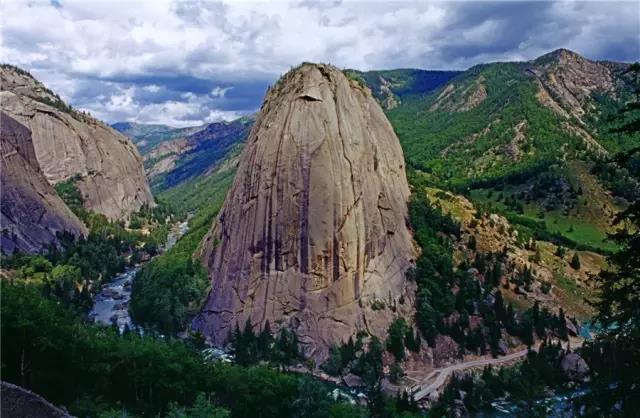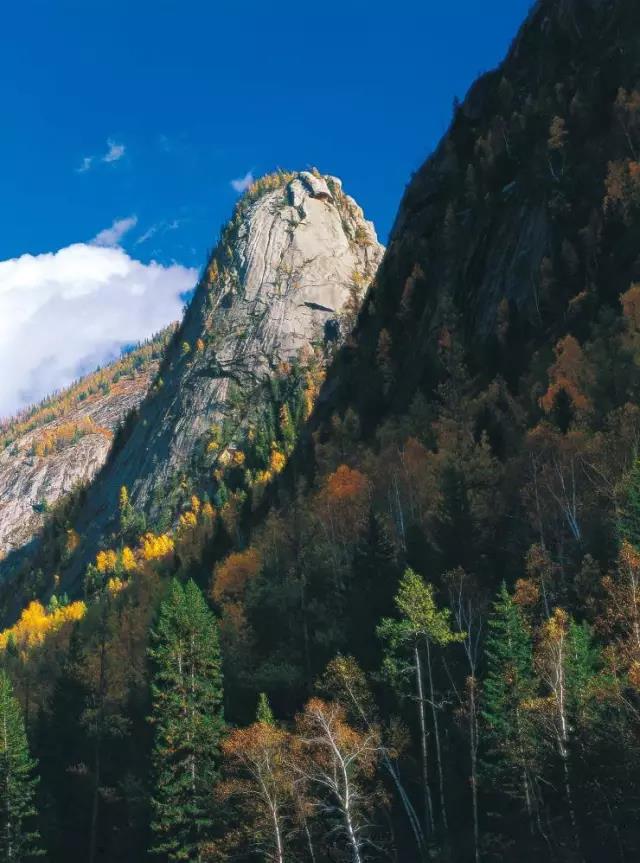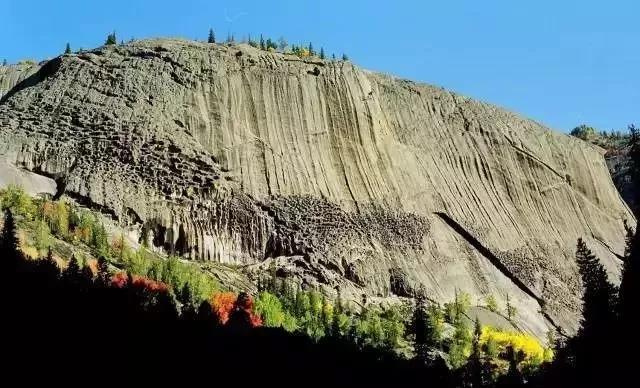When you cross the Junggar Basin in northern Xinjiang from south to north, at the end of the sky, you will see a line of black mountains approaching, which is the Altai Mountains, a large mountain range that stretches more than 2,000 kilometres across China, Kazakhstan, Russia and Mongolia. In Mongolian, Altai Mountain means "Golden Mountain", traditionally known for its rich gold and hidden treasures, but another kind of "treasure" here - the wondrous granite landscape, not yet known to many people. The other "treasure" here, the granite landscape, is not yet known to many people.
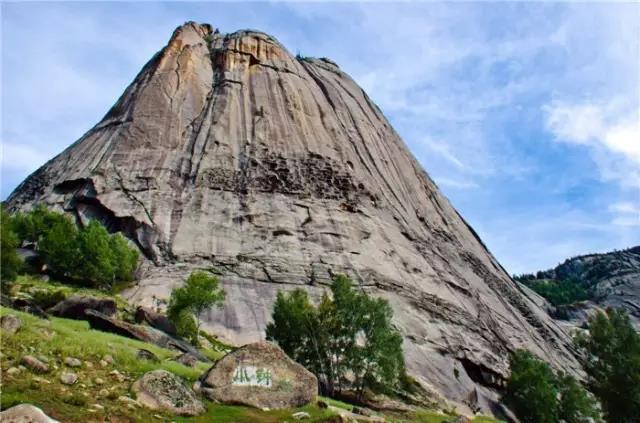
There is always magma in the depths of the Earth, and it is transported to the surface with the movement of the Earth's crust: when magma erupts from a volcanic vent and condenses on the surface, it forms volcanic rocks. When magma intrudes into the shallow crust and cools, it forms intrusive rocks. Granite is a type of intrusive rock. In the underground formation of granite, is due to crustal uplift and experience weathering and erosion before the surface. Due to the hardness of granite, huge volume, strong weathering resistance, so often formed in the surrounding area of the stone peaks and mountains. According to the survey, the distribution area of granite in the entire Altai Mountains accounts for about 40 percent.
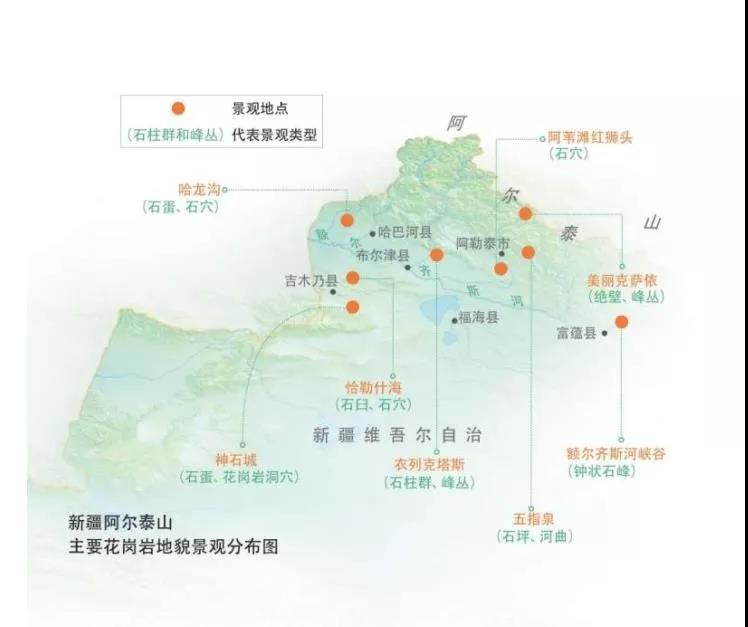
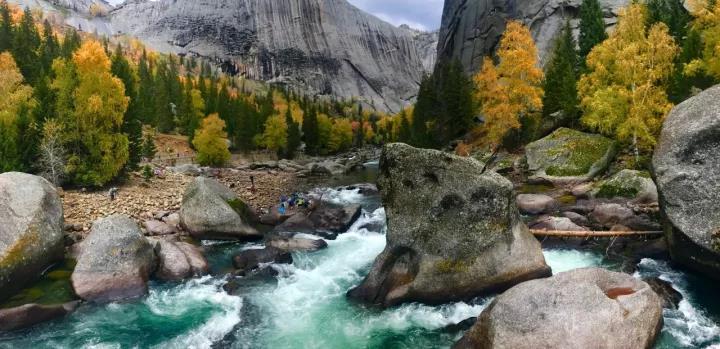
Into the Altai Mountains in Xinjiang, from time to time visible boulders, wondrous scenery, a closer look you will find that the stone constitutes the mountain body is mostly granite. According to the survey, the distribution area of granite accounted for about 40% of the entire Altai Mountains. Altay Mountain has always been known for its richness in gold and hidden treasures, which has a lot to do with the granite here, and the most outstanding geomorphological landscapes in Altay Mountain are created by granite.
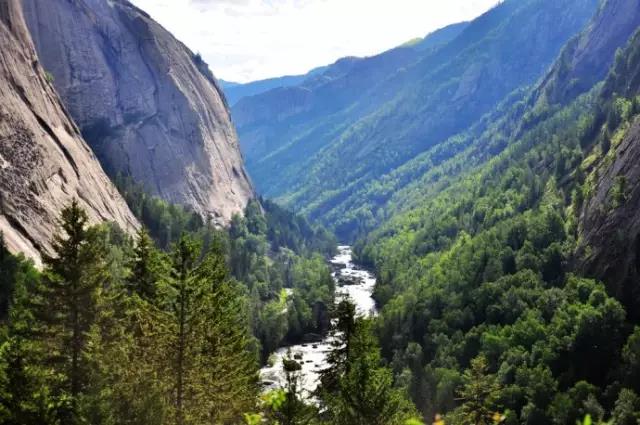
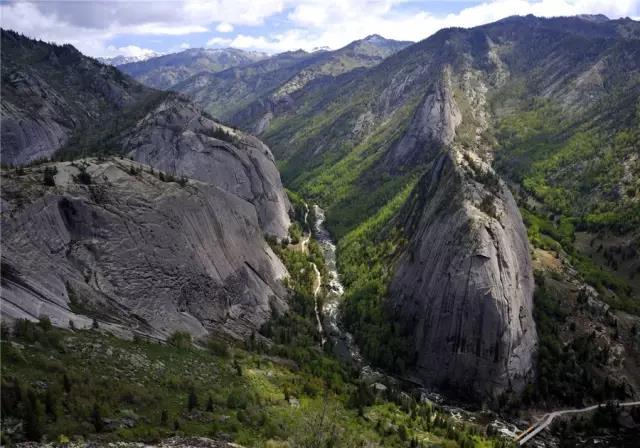
Mr Cui Zhijiu, a geomorphologist, believes that the area between 25°-35° north latitude, i.e. roughly between the South Ridge and the Yellow River, is the centre of China's fully-developed granite landscape, which is difficult to be compared with other places. In the author's opinion, the relative concentration of famous granite mountains in this region is influenced by the granite belt in the middle and lower reaches of the Yangtze River and the favourable tectonic conditions; on the other hand, it is also because this region is the centre of cultural gravity in China's history, and people pay more attention to the famous mountains here and have more knowledge about them. However, with the expansion of people's vision of geological heritage and natural landscape in recent years, more discoveries have been made about granite landscapes in the semi-arid-arid zone north of 35°N latitude, especially in Xinjiang, Inner Mongolia, and Northeast China. Among them, the granite landscape of Altay Mountains in Xinjiang occupies a very important position.
Granite peaks are mostly bell-shaped, dome-shaped, cone-shaped, rounded form without losing the steep, unique shape without losing the elegant, such a form of granite peaks, I'm afraid that only here unique.
The granite landforms of the Keketuohai are not shaped by vertical fissures and water erosion, but by concentric layers of granite fissures along the parallel slopes, which are constantly disintegrating and collapsing under the strong cold weathering in the inland cold and temperate zone, making the surfaces of the peaks rounded and smooth and steep at the same time.

